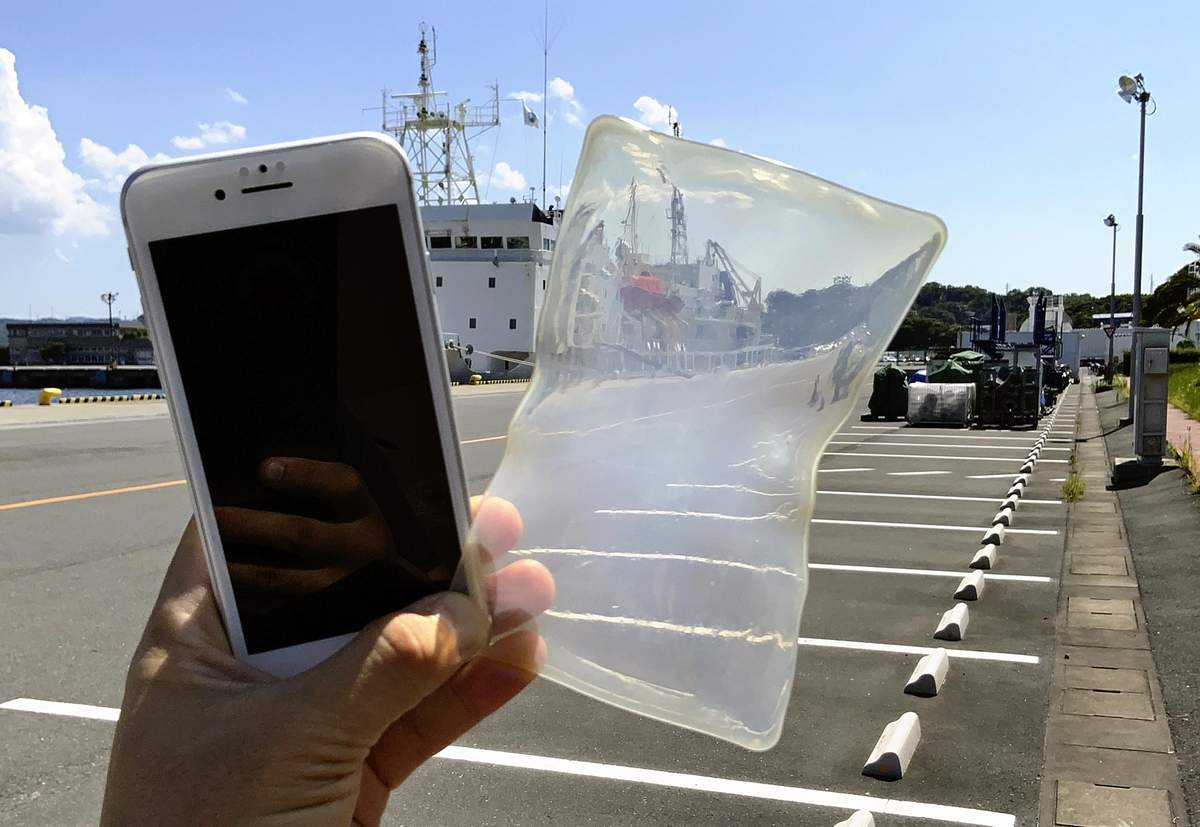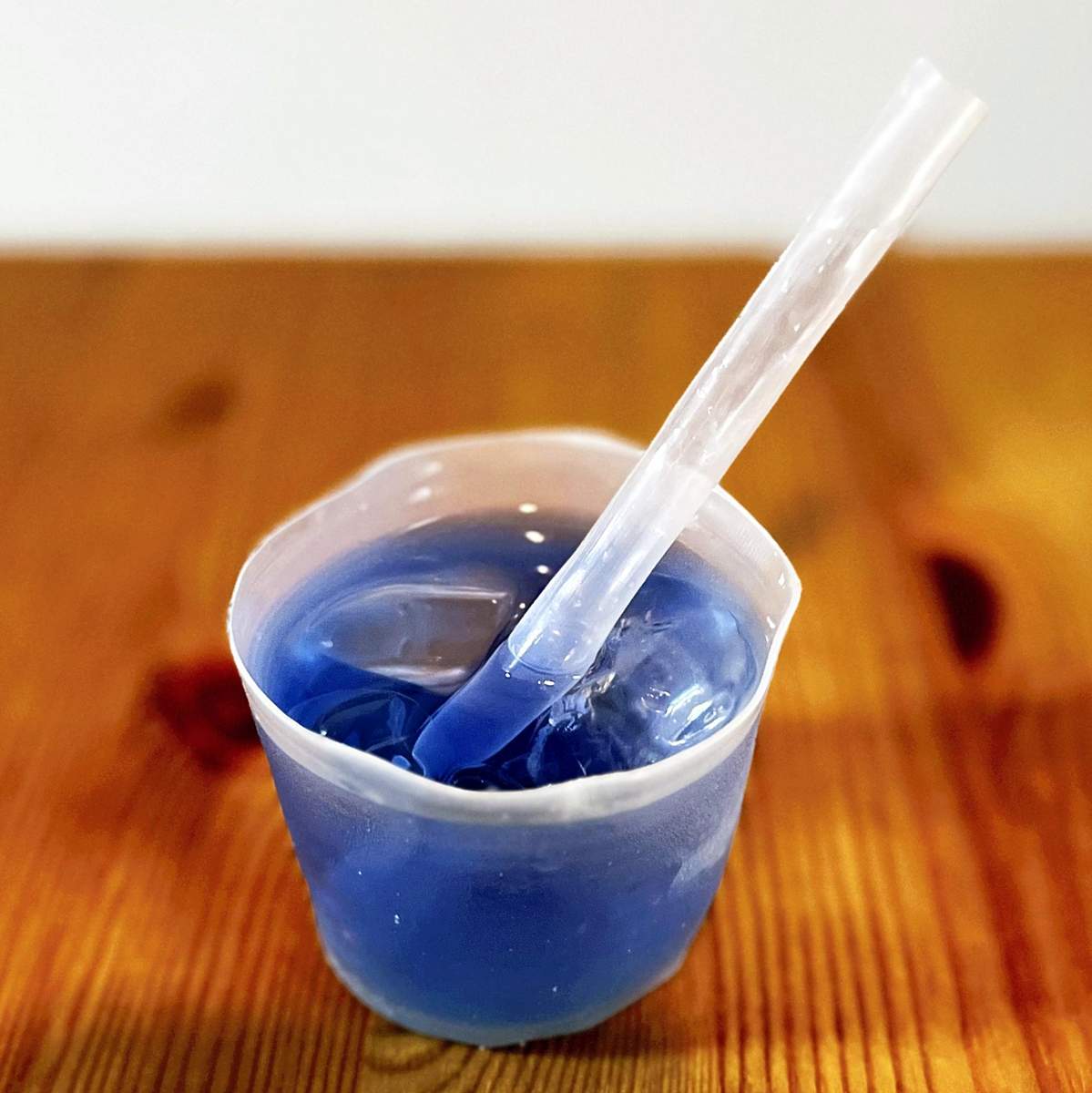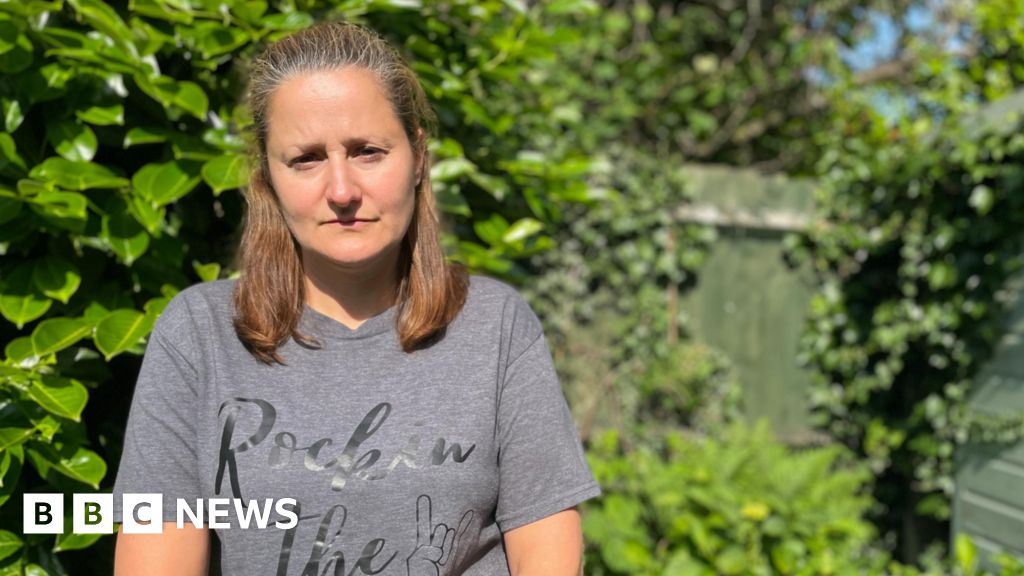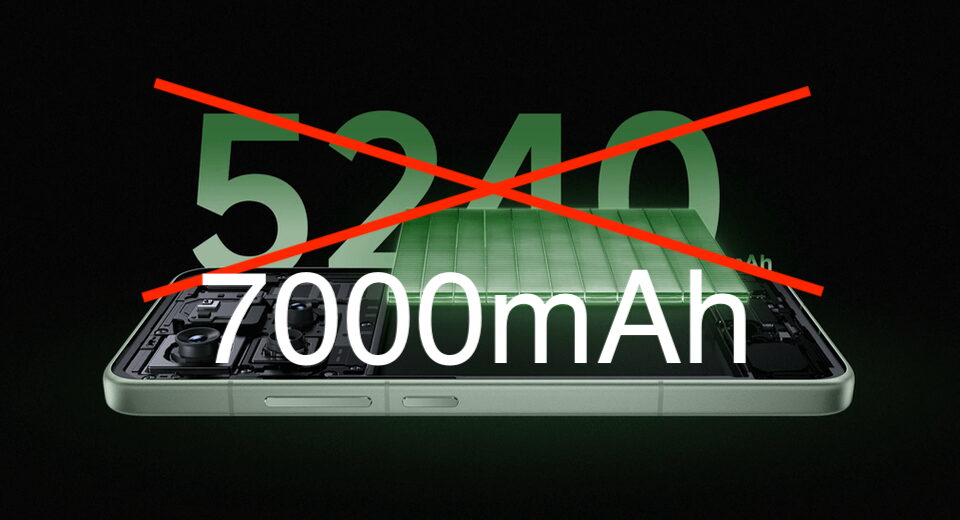Japanese researchers develop transparent paper as alternative to plastics


A team of researchers with the Japan Agency for Marine-Earth Science and Technology (JAMSTEC) and other entities have developed thick sheets of transparent paper using cellulose, a material made from plant biomass.
The transparent paper sheets can be broken down by microbes into water and carbon dioxide. Also, they can be used to make containers because they are thicker than conventional cellulose-based materials. The new material is expected to replace plastics for this purpose, as plastics are a source of ocean pollution.
To make the paper sheets, the team used cellulose powder made from fibers found on the surfaces of cotton seeds. They dissolved the powder in a lithium bromide-water solution, mixing it in as they raised it to a high temperature until it became a gel, at which point the material was shaped and dried.
When the researchers shaped the material into cups and straws, they found that it was about as strong as polycarbonate, a type of plastic.
The paper sheets become transparent because they are packed tightly with nanometer-scale (one 1-billionth of a meter) fibers. The concentration of these fibers allows light to pass straight through the sheets without experiencing diffusion.
Even a sheet of the transparent paper that is 0.7 millimeters thick remains flexible, and scenery 100 meters away can be clearly seen through it.
On the assumption that the paper sheets will be washed into the ocean, the team investigated its biodegradability. The researchers sank the paper sheets into the ocean and checked whether microbes there were able to dissolve them.
The results showed that the deeper the place under the sea was, the slower the dissolution progressed, because there are fewer microbes in the deep ocean. But the paper sheets were mostly dissolved within four months even at 757 meters below the surface.

So far, paper packs have been the most common alternatives to plastic containers.
But business experts have pointed out that consumers are less willing to buy goods in paper packs because they cannot see the contents.
Transparent paper could overcome this problem, but bringing the material to market will require factories with the technology to mass-produce it.
Noriyuki Isobe, a deputy chief researcher for JAMSTEC, said, “If a plant for demonstration experiments of the technology is built, we estimate that the cost to produce the material will be about three times that of ordinary paper, while the volume of CO2 emissions can be kept to about half that of the plastic making process.”
Prof. Masaya Nogi of the University of Osaka, an expert on wooden materials, said, “There have been other types of transparent paper in the past, but the advantage of this over those is that it has been proven to be biodegradable in the deep sea.”
What's Your Reaction?
 Like
0
Like
0
 Dislike
0
Dislike
0
 Love
0
Love
0
 Funny
0
Funny
0
 Angry
0
Angry
0
 Sad
0
Sad
0
 Wow
0
Wow
0






![[Podcast - Echoes of Africa ] : Uzi Freyja libère son enfant intérieur](http://static.euronews.com/articles/stories/09/31/91/24/640x360_cmsv2_b8d4dcca-e153-500c-9535-573864e58d44-9319124.jpg?1749232231#)





































